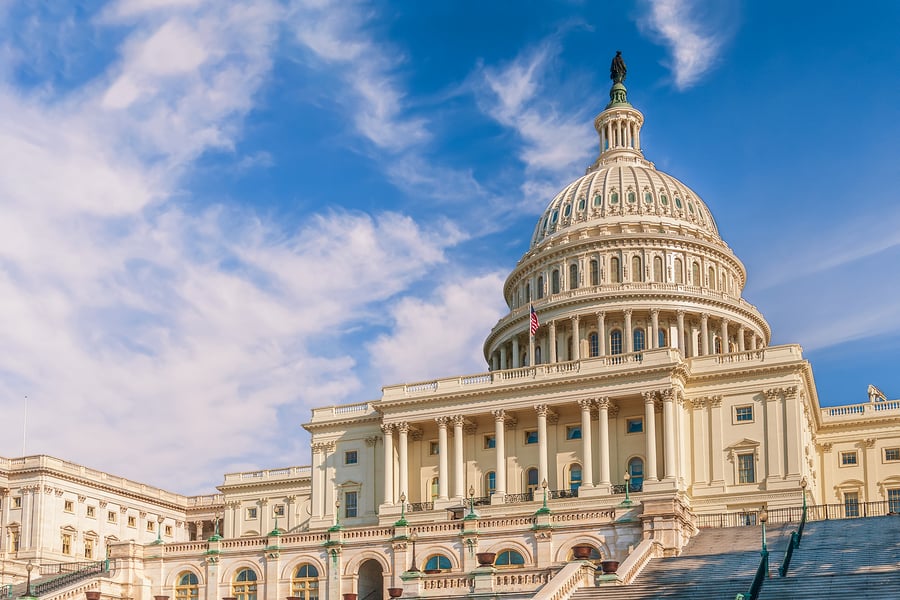DC’s Field of Dreams
In the 1989 hit film, Field of Dreams, Iowa farmer, Ray Kinsella, hears a voice telling him, “If you build it, he will come.” In a totally irrational move, Ray plows under a chunk of his corn crop and builds a baseball field. Magic ensues. In DC, and around the world, the policymakers seem to be hearing a voice encouraging a twist on this craziness, “If you destroy them, it will come.”
In this energy-policy script, the transition to clean, abundant, affordable, renewable energy is blocked by a cabal of greedy fossil-fuel producers and their lackey enablers. Killing off oil, gas, and coal is all the heroes need to do. Renewables rush in to fill the void.
SPOILER ALERT! It doesn’t work out.
The magical destroy-them-and-it-will-come thinking is endemic mostly in the developed world. We saw it with President Obama’s assertion that “We can’t just drill our way out of it” before he was elected. Instead of producing more, his plan was to kill off the oil and gas, after which, EVs, solar panels, and efficiency improvements would lead to energy nirvana. His administration canceled oil and gas leases right out of the gate and hobbled production on the federal estate. He also stymied the KXL pipeline that would have efficiently brought nearly a million barrels of Canadian oil to our refineries.
Unfortunately for his prediction, but fortunately for everybody around the world, oil and gas production skyrocketed on state and private land, dramatically aided by smart-drilling technology (including fracking). In short order we did drill our way out of it—no thanks to the boneheaded federal policies.
At the same time, most of Europe embarked on their own destroy-them-and-it-will-come fantasy. Without the widespread private ownership of subsurface rights that we enjoy in the US, the same anti-energy policies employed by the Obama administration were much more damaging in Europe. The nearly universal prohibition against smart drilling denied access to their own reserves of natural gas and made much of Europe dangerously dependent on Russian supplies.
During the pro-growth and pro-energy abundance policies of the Trump administration, the US became the world leader in liquid fuels and natural gas production, but the Biden Administration doubled-down on the failed energy policies of the Obama-Biden years. In its first 18 months the Biden Administration created scores of rules and regulations to thwart our production and to drive up energy costs.
Doublethink is a Washington tradition, and it takes two basic forms with energy policy. 1) Renewables are ready and cheaper, but we also need to subsidize them because they cannot compete. 2) Renewables are not ready, but we can get rid of traditional energy anyway.
Though the rhetoric of its cheerleaders asserts that renewable energy is cheaper and will outcompete traditional energy once the way is clear, there are always qualifiers in the fine print. It’s almost ready. It just needs a little push. The Valley of Death needs to be subsidized away. The chicken-and-egg problem requires mandates. We need “creative” financing (translation: more and more subsidies) to get us down the learning curve a teeny bit more.
Since 2005, the U.S. has “invested” more than $800 billion in the green energy transition. We got billions of dollars of fiascos like the defunct solar-panel manufacturer, Solyndra, and the natural-gas burning (and self-igniting) “solar” power station, Ivanpah. The always-promised green jobs went AWOL—the follow-up reports were so embarrassing, the Obama administration actually defunded them.
What did we get for that $800+ billion? Between 2005 and 2021, total energy use in the U.S. rose by 41 percent and the fraction of total energy supplied by fossil fuels went from 79.27 percent to 79.09 percent. In DC, this pathetically small difference just means we need to spend even more.
Fortunately for the U.S., other countries pushed ahead and tested this strategy for us. With huge subsidies, mandates and forced closures of fossil power plants, Germany pushed its fraction of electricity (not total energy) generated from renewables past 40 percent in 2021. Also in 2021, the average household price of electricity in Germany was more than double the price in the U.S. This price difference recently grew to five times the U.S. price since, having forsaken their own fossil fuel sources, Germany is dependent on imports of natural gas needed to balance the inherently unstable renewables. One city has already started rationing hot showers and the whole country is worried about this winter, as is the rest of Europe.
Unfortunately for the U.S., the president and Congress ignored these object lessons and copied them instead with the fraudulently named Inflation Reduction Act. The act adds additional “kill-them” provisions to make producing and delivering traditional energy more costly and hundreds of billions of dollars more under the guise of the green-energy transition.
We all understand that Hollywood, where a few clicks of a keyboard make the most improbably wishes come true, is not reality. Europe has shown us what happens when energy policy is based on Hollywood-scale wishful thinking, which makes our own let’s-pretend policy that much more pathetic.
Dr. David Kreutzer is the Institute for Energy Research’s Senior Economist. Prior to joining IER, Dr. Kreutzer worked at the Heritage Foundation from 2008 to 2018, where he served as Senior Research Fellow in Energy Economics and Climate Change and as Senior Research Fellow in Labor Markets and Trade.


